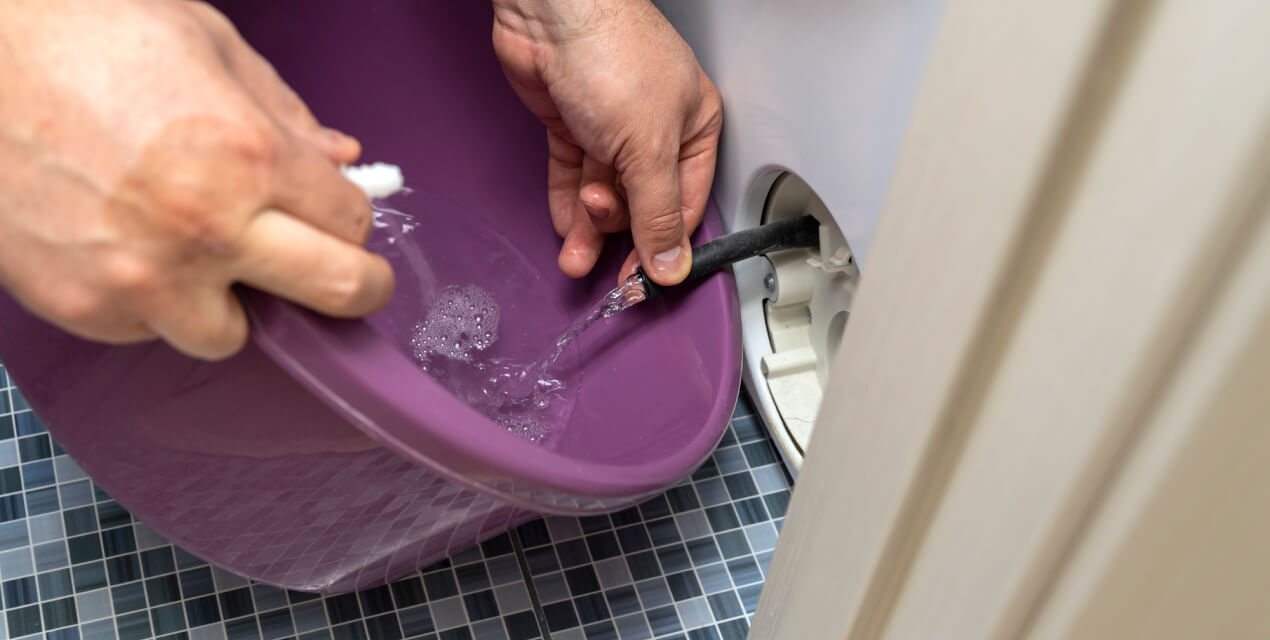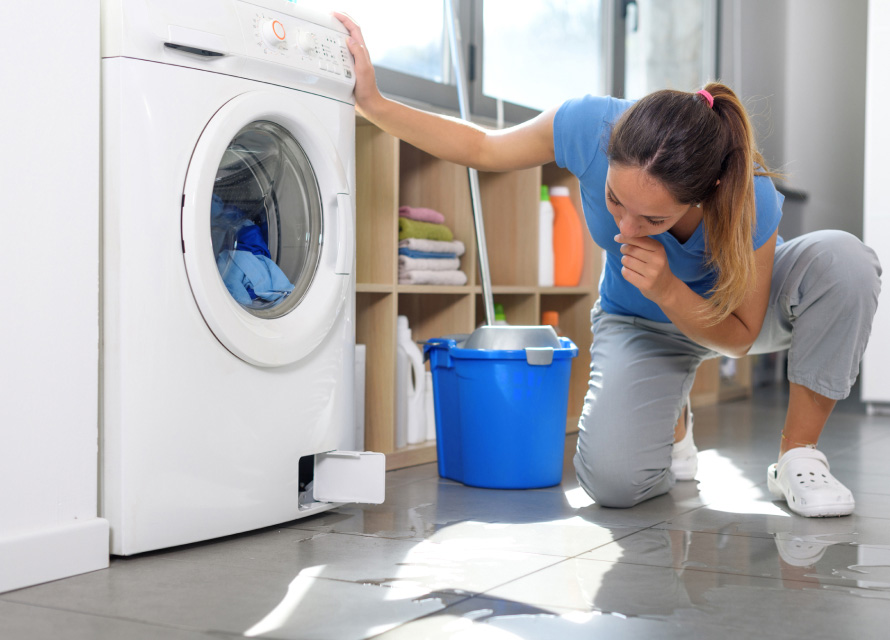Book your appliance repair today!
Seeking “washing machine technician near me“? Our company has many years of experience in servicing large laundry appliances. We can repair any washing machine, regardless of brand, modification, year of manufacture.
Book online





